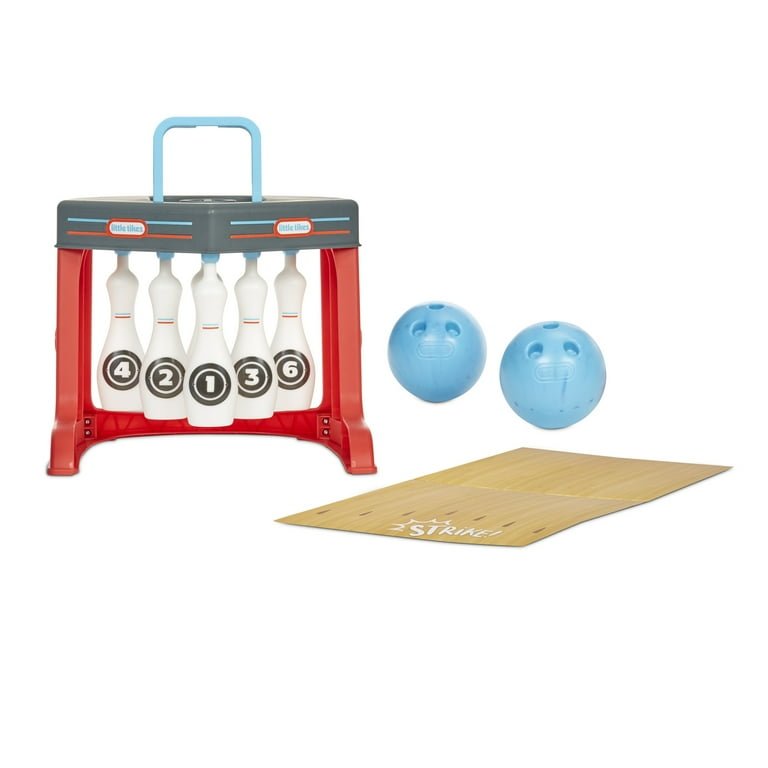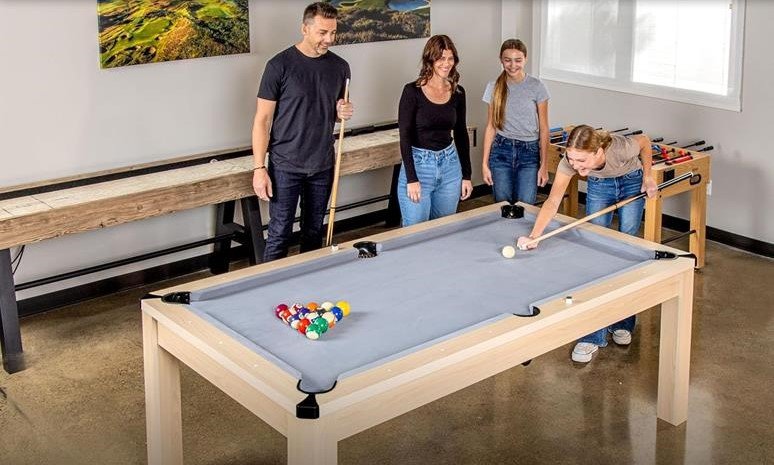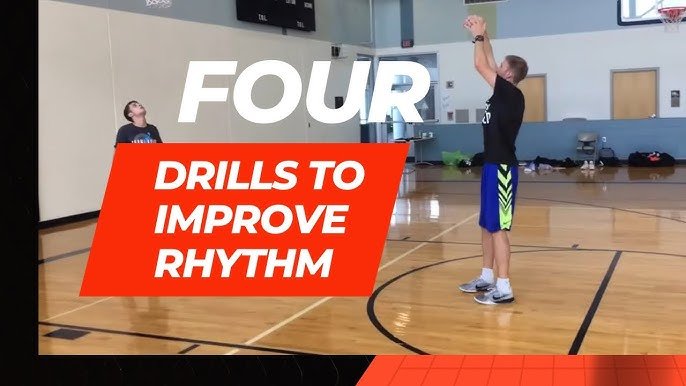Choosing your first bowling ball can feel like stepping into a whole new world. You’re eager to strike down those pins, but with so many options, where do you start?
Imagine the satisfaction of holding a ball that feels like it was made just for you. A ball that glides down the lane, giving you a perfect shot every time. Sounds exciting, right? In this guide, you’ll discover simple tips to find the perfect match for your bowling style and skill level.
Whether you’re aiming for strikes or just having fun, the right ball can make all the difference. Ready to roll with confidence? Let’s dive in and find that perfect fit for your game.

Choosing The Right Weight
Picking the right bowling ball weight is important. A ball too heavy is hard to control. A ball too light lacks power. Most bowlers use a ball around 10% of their body weight. If you weigh 150 pounds, choose a 15-pound ball. Beginners often start with lighter balls. Kids and older adults may use balls as light as 6 pounds. Try different weights to find what feels best. Comfort and control matter more than anything else.
Material Matters
Plastic bowling balls are great for beginners. They are smooth and have less hook potential. This means the ball will go straighter. Plastic balls are usually the cheapest option. They are perfect for learning the basics. Many people start with these balls.
Urethane balls offer more control than plastic. They have a little more grip on the lanes. This helps them hook a bit more. Urethane balls are good for those who want a little more challenge. They last longer than plastic balls. But they can be a bit more expensive.
Reactive resin balls are for advanced players. They hook a lot more than plastic or urethane. This gives more control over the ball. Reactive resin is sticky and grabs the lane well. These balls are more costly. They are not the best choice for first-timers.
Understanding Bowling Ball Cores
Selecting your first bowling ball involves understanding its core type. The core affects the ball’s movement and control. Choose a core that matches your playing style and skill level for better performance.
Symmetrical Core
The symmetrical core is round and even. It offers a smooth and predictable roll. Many beginners like it. The ball moves in a straight line. You can control it easily. This core is great for straight shots. It helps improve your aim. Easy to handle and ideal for learning.
Asymmetrical Core
An asymmetrical core is uneven. It gives the ball a unique motion. The path is curvy and unpredictable. This core is for advanced players. It can hook more on the lane. It offers more power and spin. You can try different angles. But it needs more skill to control.
Picking The Perfect Fit
Choosing the right finger hole sizeis important. Your fingers should fit snugly. But not too tight. You must have a comfortable hold. Too loose can cause slips. Too tight can hurt fingers. Proper fithelps you control the ball. It also makes bowling fun.
Bowlers use different grip types. The conventional grip is common. It is for beginners. Your fingers go deep into the ball. The fingertip grip is for more spin. Only the fingertips go in. The semi-fingertip grip is in between. Each grip affects your throw. Choose based on comfort and style.
Assessing Your Bowling Style
Straight bowlers prefer a simple path. They aim directly at the pins. A ball with a hard surface is ideal. It rolls straight and fast. This type of ball is easier to control. Beginners find this style simple. Weight matters in straight bowling. A lighter ball is easier to manage. It helps in maintaining accuracy. Choose a ball that matches your strength. Focus on comfort and control.
Hook bowlers add a curve to their throw. This style is more advanced. A reactive resin ball suits them best. It grips the lane and curves in. This ball gives more power to the throw. Hook bowling requires practice. Weight is crucial here too. A heavier ball offers better grip. It enhances the curve of the throw. Pick a ball that feels right in your hand. Comfort is key for a successful hook.
Budget Considerations
Choosing a bowling ball can be exciting. Start by thinking about your budget. Bowling balls come in different price ranges. Some are expensive, while others are more affordable. Set a budget that feels comfortable for you. Remember, a higher price doesn’t always mean better quality. Look for good deals. Sometimes, stores have sales. You can find a ball that fits your needs without spending too much. Consider buying a used ball. Used balls can be cheaperand still good. Ask friends or check online for advice. They might know where to find affordable options. Don’t rush. Take your time to find the right ball within your budget.
Testing Before Buying
Testing a bowling ballis crucial. Try to roll it down a lane. Feel the weightand balance. Check if it fits your handwell. Too heavy or too light can make it hard to control. Ensure the holes are not too tight or loose. It should be a comfortable fit. Look at the surface. Smooth balls can glide better. Rough balls might grip more. Think about your style. Fast bowlers need different balls than slow ones. Ask for advice at the bowling alley. They can help you choose the right ball. Always test before you buy. This way, you pick the best ball for you.

Maintenance And Care
Choosing your first bowling ball involves considering weight, material, and fit. Proper maintenance and care keep it in top condition. Regular cleaning and storage prevent wear, ensuring consistent performance over time.
Cleaning Tips
Bowling balls need regular cleaning. Dirt can affect your game. Use a soft cloth for cleaning after every game. Special cleaners can help remove oil and dirt. Avoid harsh chemicals; they can damage the ball. Warm water with mild soap works well. Dry your ball thoroughly after cleaning. Store your ball in a dry place. This keeps it safe and clean.
Storage Advice
Proper storage keeps your ball in good condition. Avoid high temperatures; they can cause cracks. A cool, dry place is best. Use a bag for protection. Keep your ball away from direct sunlight. Sun can damage the surface. Store your ball with a towel or cloth. This prevents scratches. Regularly check for damage or wear. Early signs help prevent bigger issues.
Consulting With Experts
Picking a bowling ball is fun but tricky. Experts can help guide you. They know what works best. Visit your local bowling alley. Talk to a coach or a pro there. They can share tips and tricks. Ask about ball weight and size. A ball that’s too heavy is hard to use. A light ball might not knock down pins well. Experts can also explain different materials. Some balls are plastic, others urethane or reactive resin. Each has pros and cons. Get advice on what suits your style. Bring your questions and listen carefully. Make sure to understand their suggestions. You can learn a lot from their experience. Picking the right ball makes bowling more fun and easy.
Frequently Asked Questions
What Weight Should My Bowling Ball Be?
Choosing the right weight is crucial for comfort and performance. Typically, a bowling ball should weigh 10% of your body weight. Most adults opt for balls between 12 to 16 pounds. Ensure it’s not too heavy to maintain control during your game.
How Do I Determine The Right Grip?
Grip is key for effective bowling. Many beginners start with a conventional grip, using the thumb, middle, and ring finger. Ensure the holes fit comfortably, allowing a smooth release. Consider getting a custom-fit grip from a professional for added precision.
What Material Is Best For Beginner Bowling Balls?
Beginners often choose balls made of polyester or plastic. These materials offer straight shots and are budget-friendly. As you advance, you might explore urethane or reactive resin for added hook and control. Start simple and upgrade as your skills develop.
Should I Buy Or Rent A Bowling Ball?
Buying your own ball offers consistency and comfort. It ensures a proper fit and weight tailored to you. Renting can be convenient for occasional bowlers but may lack personalized features. Evaluate your frequency of play and budget before deciding.
Conclusion
Choosing your first bowling ball is exciting. Consider weight, size, and grip. These factors affect performance. Visit a local store to try different options. Ask for advice. Experts can guide you. Think about your style. A comfortable ball improves your game.
Remember, practice makes perfect. Adjusting to a new ball takes time. Enjoy the learning process. Bowling is fun. Your first ball is a step. Take it confidently. Explore different balls as you grow. Each one adds to your skill. Focus on comfort and control.
Happy bowling!


